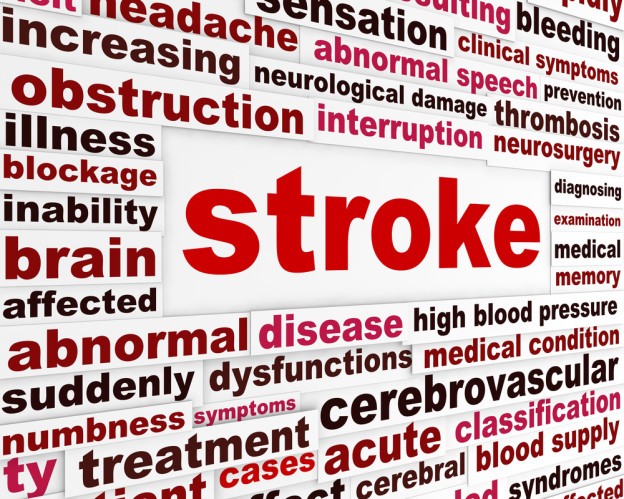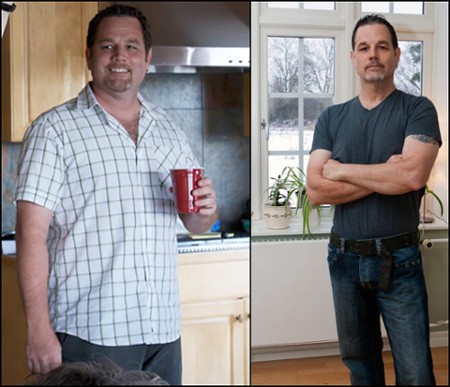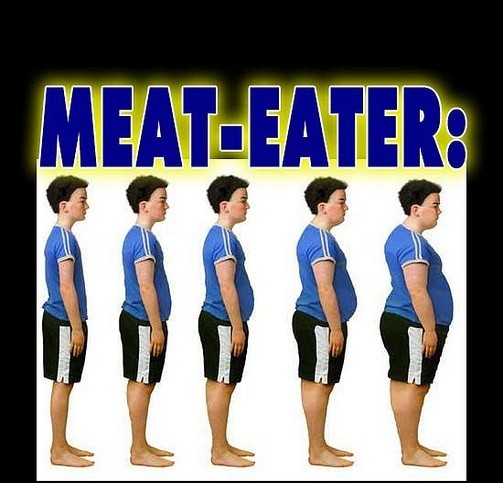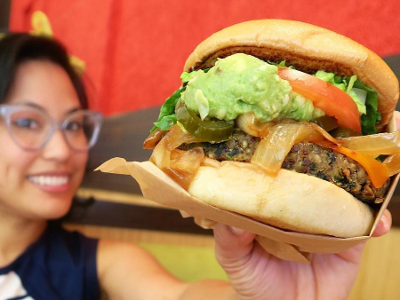Strokes are some kind of vicious because in so many cases people don’t even realize that they have just been a victim of a stroke. Especially, as far as strokes are concerned, this unawareness is extremely fatal since whenever someone is struck by a stroke, time is critical. If a stroke is treated in the space of the next three hours, the odds are very good that they will be no serious aftermaths. However, the greater the time span between the struck and the treatment the greater the risk of suffering from long-term health damages. What still seems to be unknown by so many people is that there are two kinds of strokes, ischemic strokes and hemorrhagic strokes. Vegans are pretty good shielded against the first type of stroke. However, unfortunately they are more favored of suffering from the second type. Keith Akers, a passionate vegan, has been struck by this second type of stroke without even realizing it in the first place. Listen to his experiences and priceless advice he gives to vegans in order to avoid this second type of stroke.
“Around noon on December 5, 2012, as I was bicycling back from the post office, I noticed that my bicycle helmet seemed unusually tight. Once I got home and came inside, I took off my helmet and discovered that I had a really bad headache. It was so intense that after a few minutes, Kate and I decided that a trip to the emergency room was in order. The hospital found bleeding in my brain and I was admitted to the hospital; they kept me there for nine days, the first five in the Critical Care Unit. Once home, the recovery process took almost six months, during much of which time I was pretty much incapacitated.
I had suffered a mild stroke. There was nothing especially unusual about my experience, except for the fact that I am a vegan. Between then and now I have learned quite a bit about strokes and stroke treatment that I didn’t know before, which I will pass along to you in this blog.
What Happened?
So what caused this stroke, and what good is a healthy vegan diet if it didn’t protect me against this event?
There are two kinds of strokes, ischemic strokes and hemorrhagic strokes. Ischemic strokes are the overwhelming majority (about 85%). The person has atherosclerosis, a clot breaks off and obstructs an artery to their brain. The brain cells that depend on this artery for blood therefore die. This is the type of stroke against which long-time vegans on a low-fat whole foods diet are strongly protected.
Hemorrhagic strokes are less frequent and result from bleeding in the brain. This is the kind of stroke that Dr. Jill Bolte, the author of My Stroke of Insight had; in her case it was due to an aneurysm breaking. Aneurysms are distortions or “ballooning” of the vessel wall which can occur when the wall is weakened in some way, either because of genetics or because of high blood pressure (or some combination of other factors).
I had this second, less common type of stroke, a hemorrhagic stroke. My diagnosis was a “subarachnoid hemorrhage.” Subarachnoid hemorrhages are a type of hemorrhagic (bleeding) stroke, and are only about 5% of all strokes. In the overwhelming majority of those (85-90%) an aneurysm is found.
But in my case, no aneurysm was found. The doctors thoroughly examined me and did two angiograms on two successive days (both requiring full anaesthesia). The good news was that my arteries were quite clean; there was no atherosclerosis. More good news was that I had no aneurysm, nor any arterial tear or rip. By process of elimination, therefore, they concluded that my bleeding was most likely due to a break in a vein or capillary. So my diagnosis was highly unusual; it was a type of stroke seen in less than 1% of all cases, and unlikely to recur. On a scale of 1 to 5, with 1 being the least serious, my case was a 1.
Risk Factors
So, was my veganism, or anything else I did, a risk factor for what happened? I considered three factors.
1. Stress.
One risk factor which didn’t have anything to do directly with veganism, was stress. In the weeks prior to my cerebral hemorrhage, I was in an unusually stressful situation involving a court case and some local vegan activists.
2. Clean arteries.
There was actually one significant downside to my veganism. Clean arteries aren’t a risk factor for a stroke itself (in fact makes them substantially less likely), but once you have a stroke for some reason, clean arteries can actually be a bit of a problem. One secondary risk, unlikely but serious if it does occur, for people suffering from cerebral hemorrhages is “vasospasm.” The hemorrhage can irritate the arteries in the brain, causing the blood vessels to clamp down and restrict blood flow to a dangerous level. If it does happen, it usually occurs within a week or two of the initial event. Our doctor said that the risk of vasospasm is actually greater among those with “clean” arteries (e. g., me) than with those whose arteries are “hardened.” He didn’t give any statistics, but intuitively it seems to make sense; an artery without much flexibility is not going to be able to “spasm” as much. Obviously, though, clean arteries are a net benefit, because they enable you to drastically reduce your risk of the most common cause of strokes in the first place.”
To read the rest of the article, check it out on the original source over at Compassionate Spirit.
Image Source: Better Health Publishing








Vegan 7th Week
Wow…congratulation. Keep me updated about your progresses 🙂
Wow…congratulation. Keep me updated about your progress 🙂
I like the medical information on this page! 🙂 Keep up the good work!
Thank you very much! I will 🙂